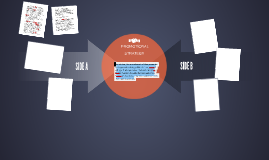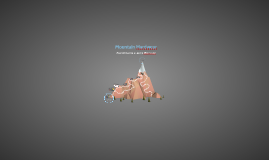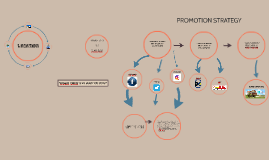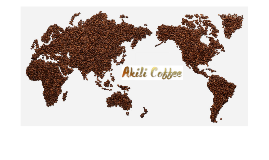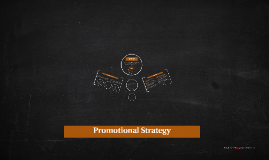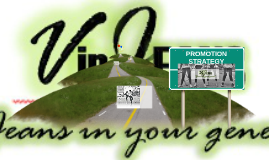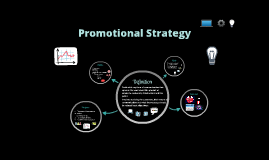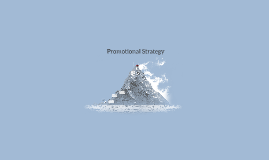Promotional Strategy
Transcript: Promotional Strategy It is the method you use to spread the word about your product or service to customers. 4 Types of Promotional Strategy 1. Advertising 2. Selling 3. Sales Promotion 4. Public Relations ADVERTISING What is Advertising? Advertising is a form of communication designed to persuade potential customers to choose your product or service over that of a competitor. It should be a planned, consistent activity that keeps the name of your business and the benefits of your products or services uppermost in the mind of the consumer. Why advertise? Make your business and product name familiar to the public Create goodwill and build a favorable image Educate and inform the public Offer specific products or services Attract customers to find out more about your product or service Rules of Advertising Aim - What is the primary purpose of the advertisement? Target - Who is the target? From which sector of the public are you trying to achieve a response? Media – Bearing the aim and target in mind, which of the media available to you is the most suitable Competitors – What are your competitors doing? Which media channel do they use? Good advertising generally elicits the following four responses: ATTENTION INTEREST DESIRE ACTION Commonly used media Stationery Stationery, which includes letterheads, envelopes and business cards, is a means by which your business image or “name identification” is projected. Window display or office front The external presentation of your business office or shop is one of the principal ways of establishing your business image. Press advertising This is a commonly used form of general advertising and includes advertising in all press such as newspapers, magazines and journals. Radio Radio is considered by many advertisers as an ideal medium due to its ability to reach specific target groups Most radio stations offer packages which include production and extension of your radio campaign through their websites. Television Television is a powerful advertising medium because it creates impact through sight, sound and movement Direct mail This is a broad category covering direct communication with the consumer through email, post or fax. It can include newsletters, catalogues and letters. Outdoor This is any type of advertising which is done outdoors, including static advertising such as billboards, backs of street benches and bus shelters or mobile advertising displayed on buses, trains, taxis or towed signage. Ambient Refers to any form of advertising that occurs in a non-standard medium outside the home, and usually where your consumers are likely to be. Cinema You can purchase cinema advertising by individual cinemas or screens for a set amount of screenings or “runs”. Point of Sale Advertising at the point where the consumer makes a purchase decision Online The options for online advertising continue to grow rapidly. They include advertising on your website, advertising on other websites, creating links to your website from other websites, publishing blogs, offering online product games, social networks and forums. Directory listings Many consumers use business directories to find a supplier. SELLING Prospecting and qualifying – identifying qualified prospects Pre-approach – undertaking research about prospects to assist in the actual selling process. Approach – making actual contact with the prospect Presentation and demonstration – presenting and demonstrating the features and benefits of your product or service in order to convince the prospect that their want or need can be satisfied. Handling objections – demonstrating the product or service value to overcome real or perceived objections or misunderstandings that are impeding the purchase decision. Closing – bringing the selling process to a successful conclusion by either asking for the order or responding to a positive decision from the prospect. Follow-up – proactive or reactive contact with the purchaser to establish their satisfaction level and to address any problems that may exist. In planning the selling element of your marketing strategy you will need to consider the following: The size and structure of your sales team Recruiting, training, motivating and evaluating individuals and the team as a whole The remuneration structure The location/territory to be serviced Management and communication systems Sales Promotion What is Sales Promotion? Sales promotion relates to short term incentives or activities that encourage the purchase or sale of a product or service. Sales promotions initiatives are often referred to as “below the line” activities. What are the major sales promotion activities? Consumer Promotions - final buyers Business Promotions - business customers Trade Promotions - retailers / wholesalers Sale Force Promotions - members of the sale force Consumer promotions Point of purchase display material In-store demonstrations, samplings and celebrity appearances Competitions, coupons, sweepstakes and games






